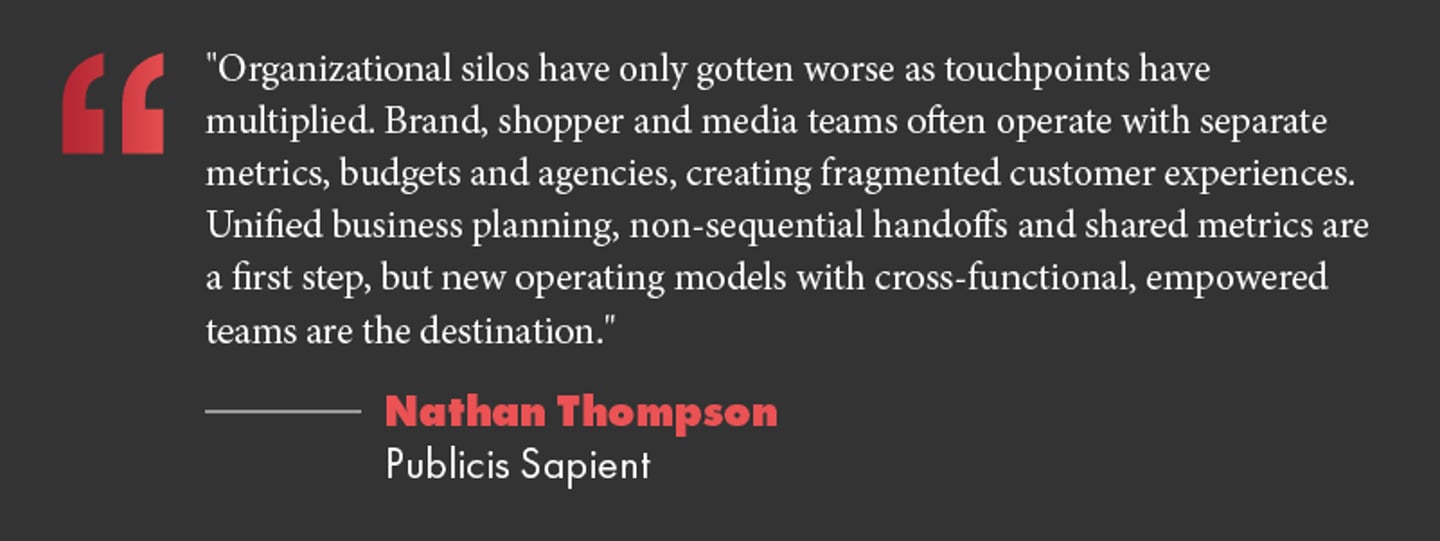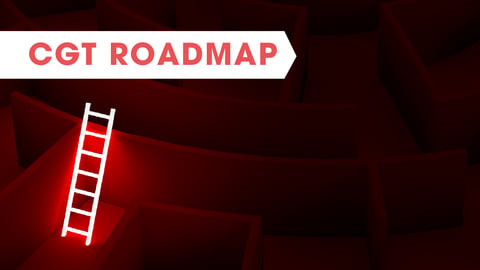From Silos to Scale: CPG Strategies for Developing Hyper-Personalized Content
Consumer goods companies face growing complexity in delivering personalized customer experiences.
Nathan Thompson, senior client partner and consumer goods practice lead, Germany, for Publicis Sapient, shares strategies for companies seeking an end-to-end AI content supply chain that can help them achieve dynamic personalization at scale and establish new metrics for measuring both efficiency and business impact.
CGT: Given that fragmented data sources pose a significant obstacle, what are the most effective strategies for CPGs to create a unified shopper profile from disparate data sources, and what key technologies are needed to make this process scalable and efficient?
Nathan Thompson: Customer data platforms (CDPs) have been part of the hype cycle in recent years, but AI tools mean they can now handle the challenge of truly unstructured data. A new reality means that, instead of being seen as a single, all-in-one solution, modern CDPs are viewed as a core layer in an integrated, modular stack that works with other tools to drive outcomes at scale.
For CPGs, these outcomes include providing access to real people through high-fidelity audiences, connecting media buy-to-sales impact (online and offline), and closing the loop. The combination of inbound integration technologies, plus activation and improved identity resolution, means CPGs can activate and scale a genuine "customer 360 view.”
CGT: Many CPGs struggle with cross-functional alignment. What practical steps can a CPG company take to break down silos between brand, shopper and media teams to ensure a cohesive and personalized customer experience across all touchpoints?
Thompson: Organizational silos have only gotten worse as touchpoints have multiplied. Brand, shopper and media teams often operate with separate metrics, budgets and agencies, creating fragmented customer experiences. Unified business planning, non-sequential handoffs and shared metrics are a first step, but new operating models with cross-functional, empowered teams are the destination. For CPGs with distinct category portfolios, category-based pods organized around product categories, with dedicated cross-functional pods, is a solution, especially when the pod owns P&L and touchpoints for that category.
For CPGs with unified brand architectures, business-critical journey teams can be the answer, whether it involves assigning teams to journey stages rather than functions or, preferably, end-to-end teams based around consumer propositions. Hub-and-spoke models with a central brand team setting strategy and creative platforms are suitable for large CPGs transitioning from siloed structures.
Ultimately, AI alone is not enough and needs to be accompanied by organizational and operating model changes to generate the most significant impact on an organization.
CGT: Content creation inefficiencies can significantly hinder personalization efforts. What is a pragmatic approach for CPGs to create a framework that enables the dynamic, personalized content needed to serve a diverse customer base without overwhelming internal resources?
Thompson: The content bottleneck is real. CPGs need multiple variants to truly personalize effectively across various touchpoints and channels, but traditional production models can't keep pace. The answer is an end-to-end agentic AI content supply chain platform that can plug into existing or enhanced MarTech stacks to understand brand, audience and performance. Built on a data-centric approach to drive further engagement and ROI, enabled by virtual and Gen AI-enabled production solutions for faster delivery, but connected with locally relevant personalized content at the scale of audiences.
There is a need to shift from rigid guidelines to flexible systems (e.g., design tokens, tone principles) and to define the "non-negotiables" vs. "flex zones" for personalization. The other aspect to this is a human challenge around adoption. We’re seeing this solved through “consumer-style” internal user interfaces to drive usage rates and testing how leading models deliver on tasks with easy-to-use prompts, maximizing time to competence.
CGT: How can CPGs effectively measure what works for consumers and measure the impact on the business?
Thompson: Measuring impact needs to be done using both efficiency and effectiveness, internally and externally, to be useful and not just refer to ROI. Internal measures such as tracking content velocity (time from brief to live), monitoring creative diversity (variants in market), and costs by personalization level (generic vs. targeted) are essential. Still, the real impact is in eliminating channel assets, removing upstream duplication of efforts, and shifting to master templates to bring costs and time savings.
Connected identity and measurement beyond attribution will enhance performance for improved campaign delivery and enable reallocation of media budgets through AI and agentic automation. Ultimately, new content supply chains reduce the total assets created by enabling data and media connectivity, so CPGs only create what works and learn which assets perform better. This can only be done with a strong connected identity, helping identify and reach the consumers that matter most.






